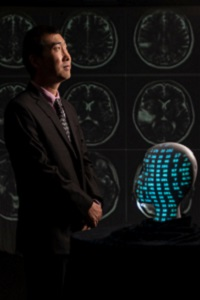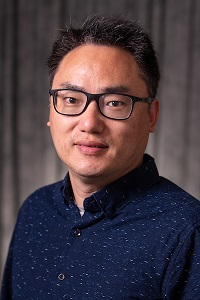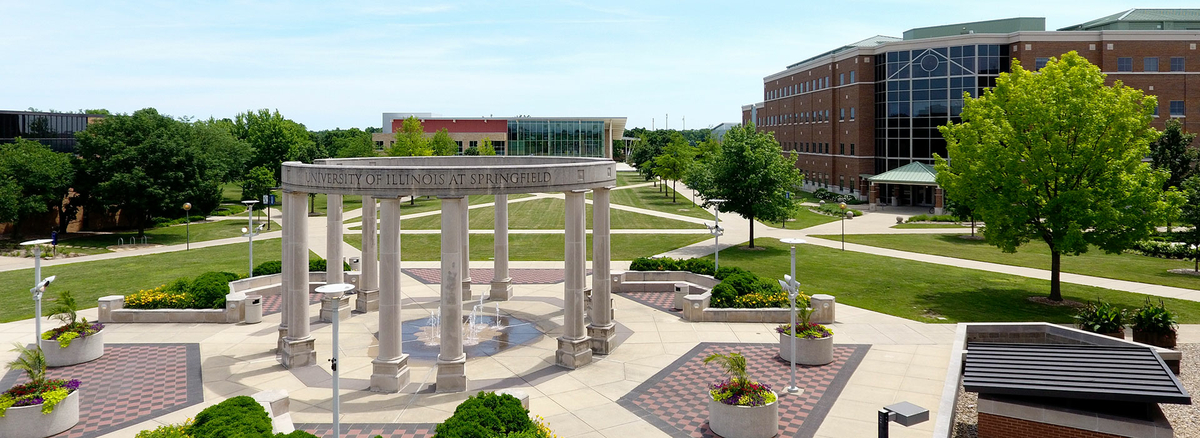In a forthcoming special journal issue, faculty from the College of Health, Science, and Technology are making waves at the forefront of integrating traditional methods with artificial intelligence in computational science and engineering. Here’s an overview of this groundbreaking work:
Innovations at the Nexus of AI and Computational Science: A Special Journal Issue

The special issue, steered by Dr. Yanhui Guo, Computer Science and Dr. Liang Kong, Mathematical Sciences renowned in their respective fields, is inspired by the dynamic interplay between traditional computational methods and emerging AI techniques. It signifies a pivotal shift, marking AI's profound impact across diverse domains, from social sciences and business to computational science and engineering.

Inspiration and Objectives:
The faculty editors' inspiration for this special journal issue stems from the exciting potential of blending AI with traditional computational methods. They intend to showcase the latest advancements in this area, highlighting how AI can enhance and transform established computational practices. This focus on innovation aims to bring to light novel approaches and methodologies that combine AI's predictive power and efficiency with the established robustness of traditional computational science, fostering a new wave of breakthroughs in various applications.
For more detailed information on their objectives and the content of this special issue, please visit the AIMS Mathematical Biosciences and Engineering (MBE) Special Issue.
Contributions and Real-World Impact:
As explored in this research, integrating AI with computational science can potentially revolutionize multiple sectors. In healthcare, this fusion could lead to more accurate disease prediction models and personalized medicine strategies. In renewable energy, AI-enhanced computational methods can optimize resource allocation and energy distribution, leading to more efficient and sustainable practices.
These advancements demonstrate the far-reaching impact of combining AI with traditional computational science, promising innovative solutions to many real-world challenges.

Unique Methodologies:
The special issue's focus on integrating data-driven methods with differential equation models, mainly through physics-informed neural networks (PINNs), marks a significant advancement in computational science. PINNs merge complex equations like partial differential equations into neural networks, enhancing simulations in fluid dynamics. This issue concentrates on three areas: simplifying complex models through data-driven modeling, solving differential equations using PINNs, and applying AI to biological data analysis. These developments offer more efficient, accurate solutions even in complex scenarios, making high-level computational methods more accessible and understandable for broader applications.
Significant Findings:
The collaboration between Dr. Guo, an AI expert, and Dr. Kong, a dynamical systems specialist, in the special journal issue has led to a significant breakthrough. They have successfully developed an innovative method integrating epidemiological modeling with artificial neural networks to predict COVID-19 infection trends. This novel approach represents a significant step forward in utilizing AI for public health crises, demonstrating how interdisciplinary collaborations can lead to practical solutions for global challenges. This work is a testament to the potential impact of such innovative methods in addressing real-world problems. For more details on their research, please feel free to connect with them using the links provided above with their names.
Connect with CHST:
Students interested in the forefront of AI and computational science and industry partners looking for cutting-edge collaborations should consider the opportunities at CHST. Our faculty's work integrating AI with traditional methods sets the stage for advanced research and practical applications in these fields. This special issue exemplifies CHST's dedication to innovative, interdisciplinary research. We invite you to join our LinkedIn community and/or email us to explore ways you might contribute to and benefit from these groundbreaking developments.



